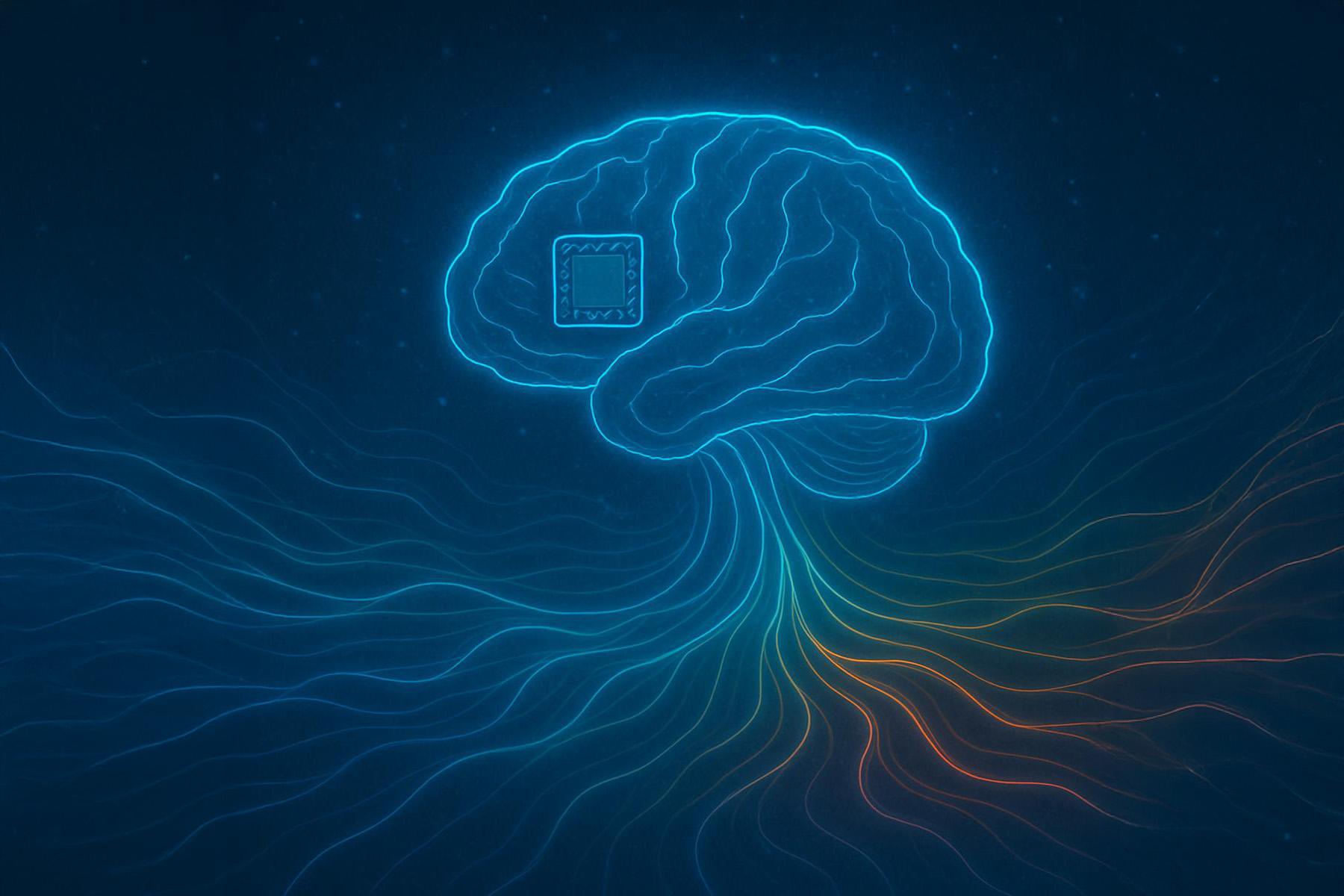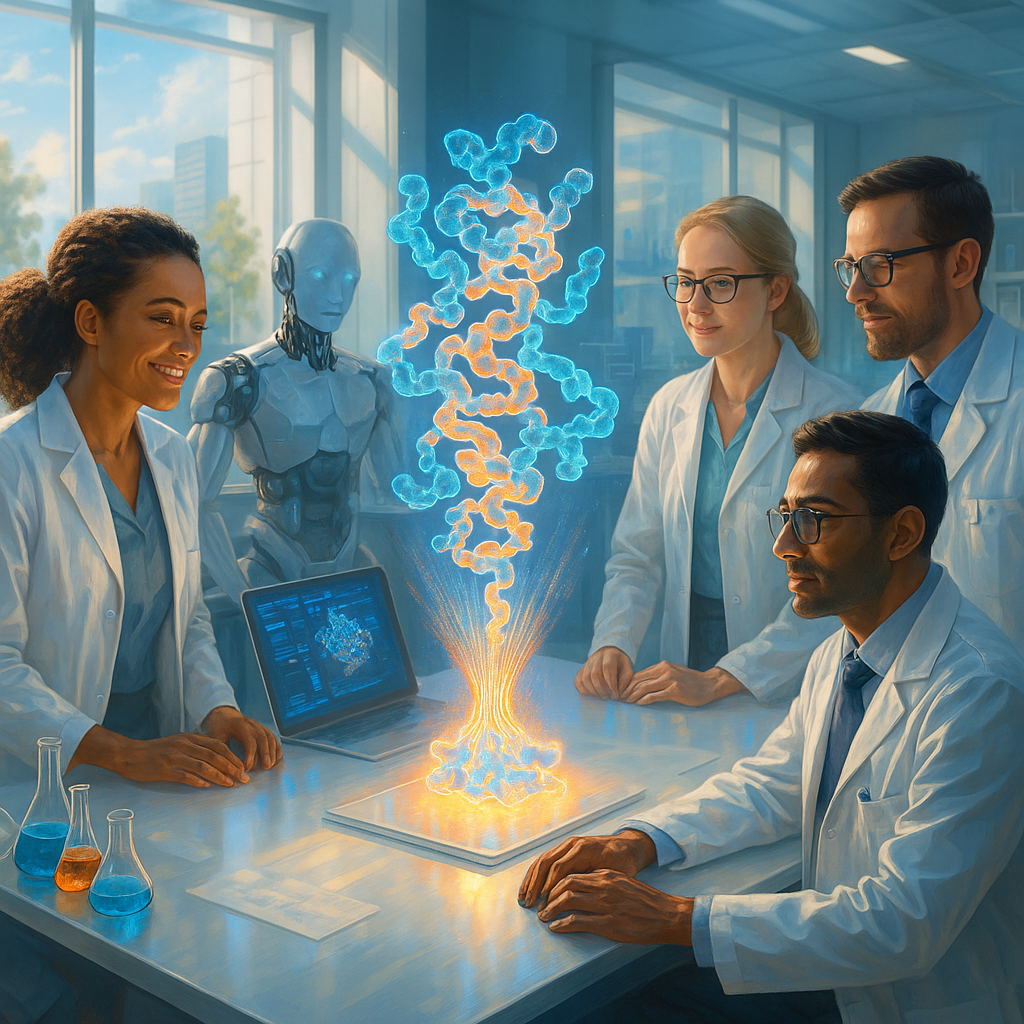
Restoring Movement: China’s Bold Leap in Brain-Computer Interface Technology
The field of neurotechnology is buzzing with a significant breakthrough hailing from China. Researchers at the esteemed Chinese Institute of Brain Research, in a collaborative effort with NeuCyber NeuroTech, have achieved a remarkable milestone in restoring movement for individuals living with paralysis. Their innovative Beinao No.1 brain chip, a semi-invasive and wireless interface, has been successfully implanted in three patients, demonstrating the potential to decode neural signals in real-time – a pivotal step toward enabling mobility through digital neurocommunication.
A Groundbreaking Brain-Computer Interface Restoring Movement in Paralysis Patients
This achievement signifies a major leap forward in the global pursuit of effective brain-computer interfaces (BCIs). The Beinao No.1 chip operates by establishing a direct communication pathway between the brain and external devices, such as robotic limbs or functional electrical stimulation systems. By accurately decoding the neural signals associated with intended movements, the technology aims to translate these intentions into actions, offering the promise of regained independence for millions affected by paralysis due to spinal cord injuries, strokes, or other neurological conditions.
What makes this development particularly noteworthy is the reported efficiency and resourcefulness of the Chinese research team. While often compared to high-profile initiatives like Neuralink, this project has seemingly advanced with a leaner resource allocation. The semi-invasive nature of the Beinao No.1 chip may also present a different risk-benefit profile compared to fully invasive approaches, potentially streamlining the regulatory and clinical trial processes.
Looking ahead, the team has ambitious plans to expand the clinical trials. They intend to implant the Beinao No.1 chip in an additional 13 patients throughout 2025, paving the way for larger-scale studies that will be crucial in validating the long-term safety and efficacy of the technology. These expanded trials will provide invaluable data on the device’s performance across a broader patient population and under various real-world conditions.
The implications of this breakthrough are profound. For individuals living with paralysis, the prospect of regaining voluntary movement represents a transformative shift in their quality of life. Beyond personal impact, advancements in BCI technology hold the potential to revolutionize rehabilitation medicine and our understanding of the intricate relationship between the brain and motor control.
China’s progress in this critical area underscores the increasingly global nature of neurotechnology research. While different approaches and technological designs are being explored worldwide, the shared goal remains the same: to unlock the brain’s potential to overcome neurological limitations. The success of the Beinao No.1 project adds significant momentum to this global endeavor, offering new hope and possibilities for those who face the daily challenges of immobility. As the research progresses and clinical trials expand, the world will be watching closely as this technology redefines the boundaries of human potential through the power of AI-driven neurocommunication.
Sources:
- Reuters: Chinese brain chip project speeds up human trials after first success
- American Bazaar Online: China accelerates brain chip development as Beinao No.1 leads human trials
- Telecom Review Asia: New Brain Chip Implant Project Speeds Up a Major Breakthrough
- The Outpost AI: Chinese Brain Chip Project Accelerates Human Trials, Challenging Neuralink
- Wired: China Has a Controversial Plan for Brain-Computer Interfaces
- Finimize: Chinese Brain Chip Could Leapfrog Neuralink In Patient Trials
AI Gets a Job… and It’s Trying to Save the World
In an era dominated by headlines about AI’s potential risks and disruptions, a powerful counte
AI: Our New Cosmic Co-Pilot in the Search for Extraterrestrial Intelligence
In the vast expanse of technological innovation, we often focus our attention on how AI is transform
The AI That Could Save Your Life: How Artificial Intelligence is Rewriting the Rules of Medicine
Picture this: Your loved one is diagnosed with a rare disease. You’re told there’s no tr




